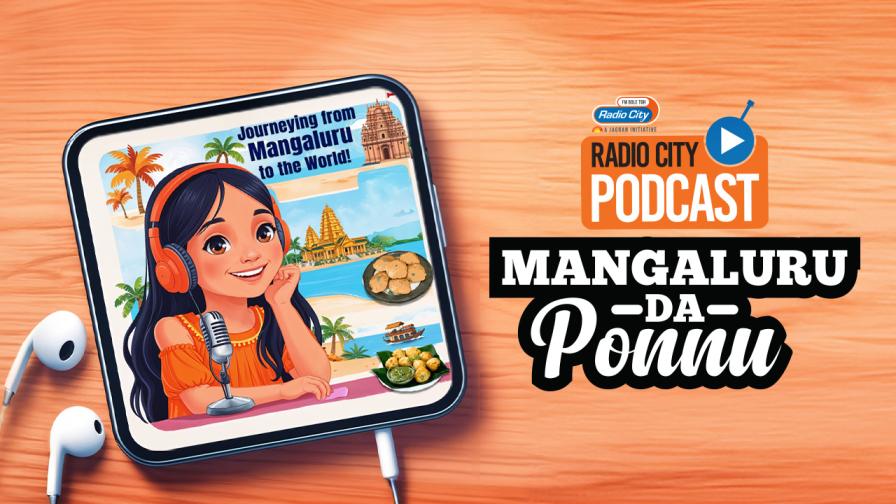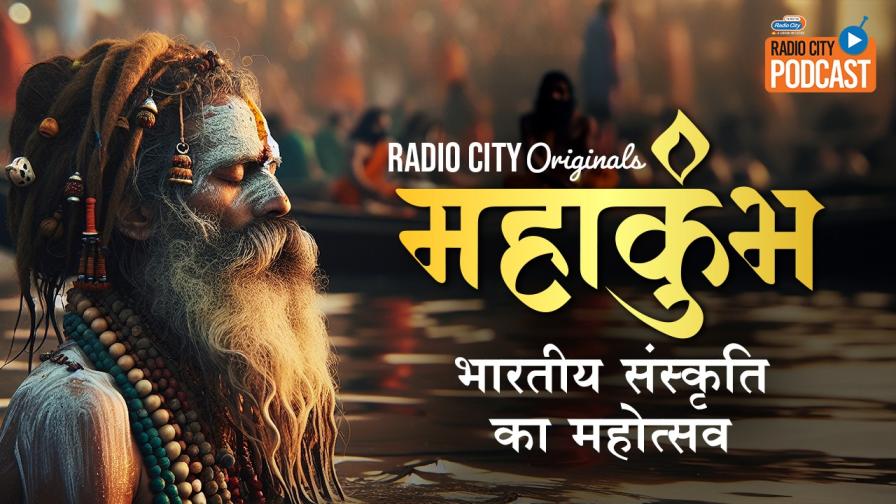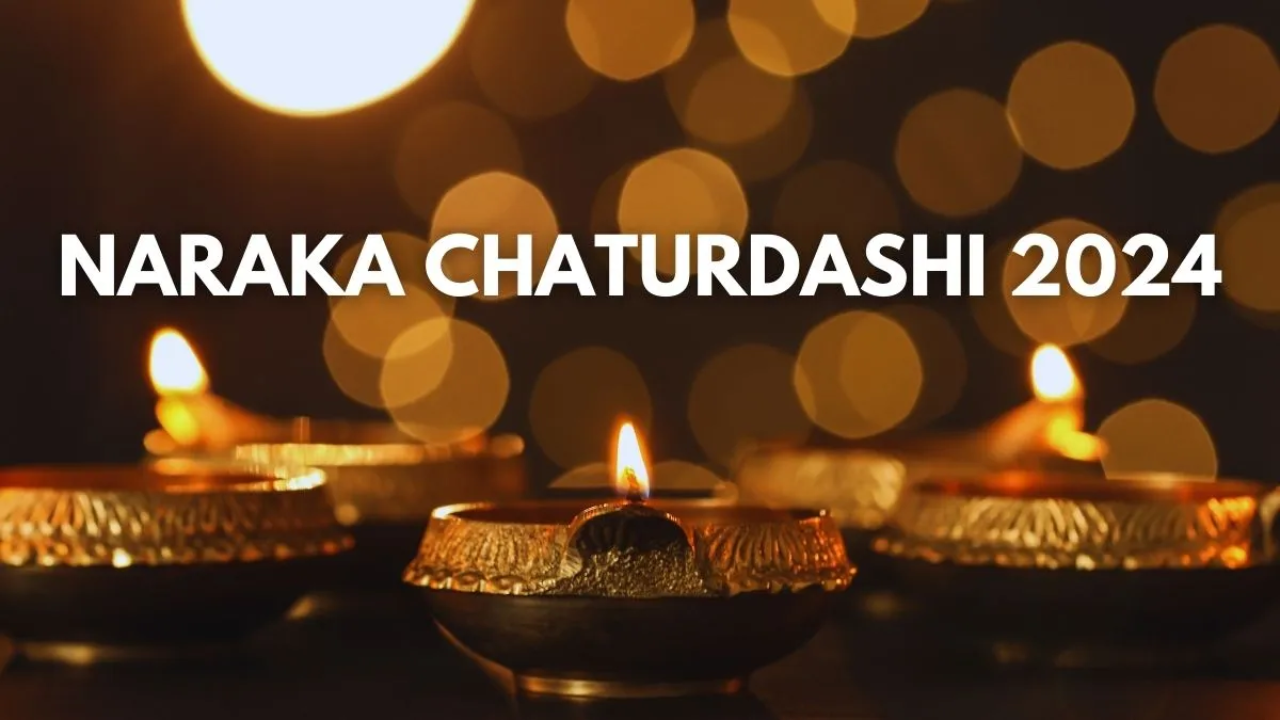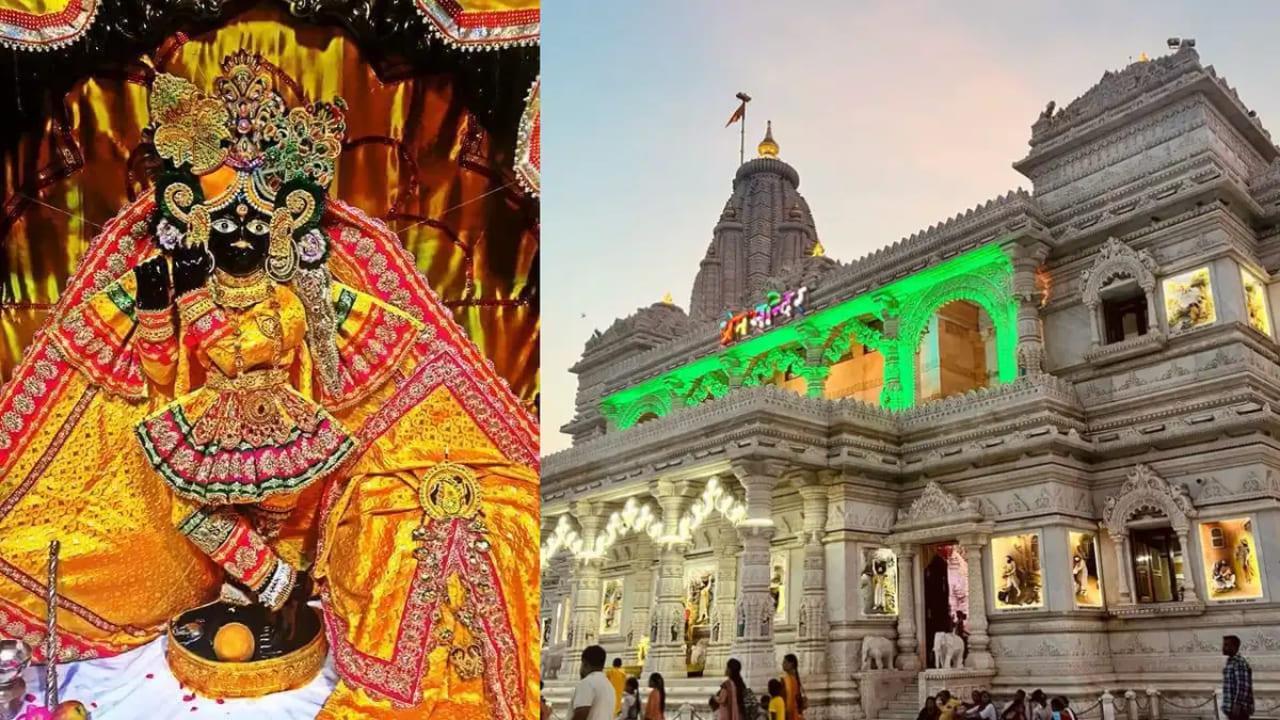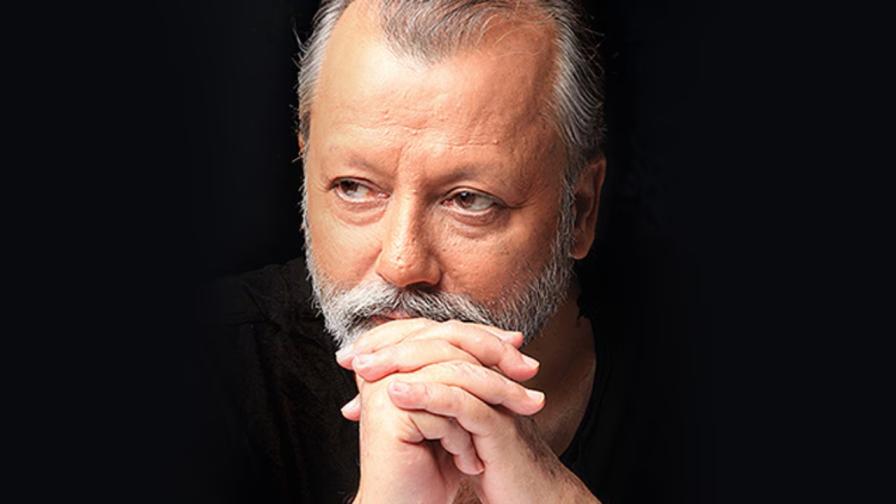Let’s understand the significance and rituals of each festival

Dhanteras marks the beginning of the festivities of Diwali. On this day, people worship Goddess Lakshmi and Lord Kuber for prosperity and financial abundance.
It is considered auspicious to purchase new items, especially gold coins, gold bars, and gold jewellery. People also gift each other silver coins that are meant to be kept in the home`s locker for wealth and good fortune.
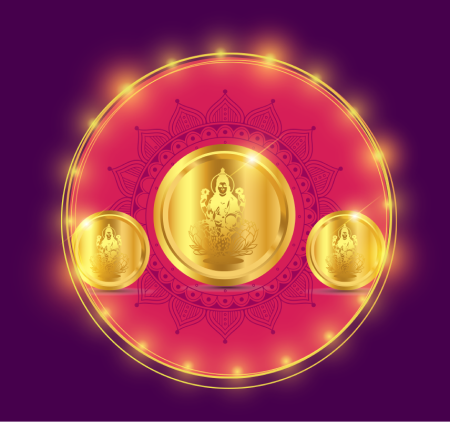

Dhanteras marks the beginning of the festivities of Diwali. On this day, people worship Goddess Lakshmi and Lord Kuber for prosperity and financial abundance.
It is considered auspicious to purchase new items, especially gold coins, gold bars, and gold jewellery. People also gift each other silver coins that are meant to be kept in the home`s locker for wealth and good fortune.

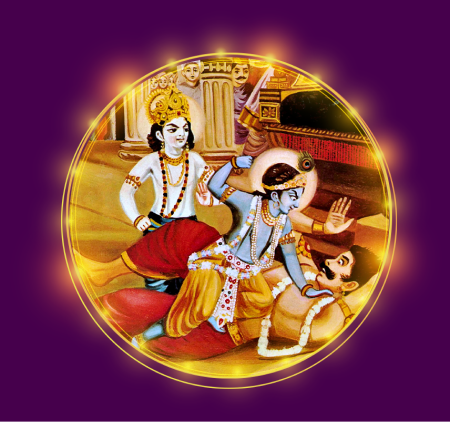

The second day of Deepawali marks Naraka Chaturdashi, or Choti Diwali. It honours Lord Krishna`s triumph against the monstrous Narakasura. This day is typically quiet but holds immense significance as a prelude to the main day of the festival of lights.

The second day of Deepawali marks Naraka Chaturdashi, or Choti Diwali. It honours Lord Krishna`s triumph against the monstrous Narakasura. This day is typically quiet but holds immense significance as a prelude to the main day of the festival of lights.


Diwali marks Lord Ram, Mata Sita, and Lakshman`s triumphant return to Ayodhya after defeating the demonic Ravana. The Hindu mythology saga Ramayana comes to an end on this day.
It also commemorates the victory of good over evil. On this day, people decorate their homes with diyas, lights, and colourful rangoli. Devotees also perform Lakshmi Puja in the evening.
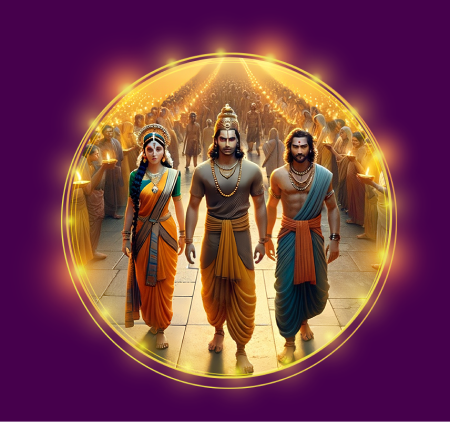

Diwali marks Lord Ram, Mata Sita, and Lakshman`s triumphant return to Ayodhya after defeating the demonic Ravana. The Hindu mythology saga Ramayana comes to an end on this day.
It also commemorates the victory of good over evil. On this day, people decorate their homes with diyas, lights, and colourful rangoli. Devotees also perform Lakshmi Puja in the evening.

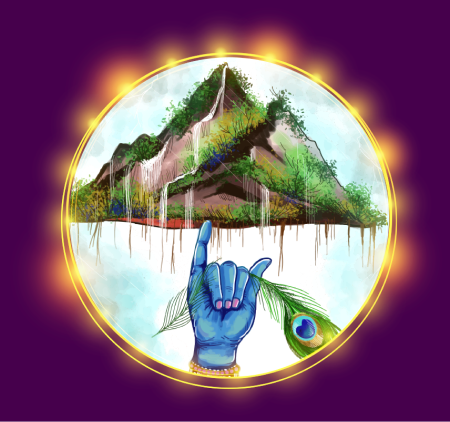

Indians celebrate Govardhan Puja after Diwali. This day is dedicated to Govardhan Parvat. It is believed that by lifting this giant mountain, Lord Krishna resuced the people of Mathura from Lord Indra.

Indians celebrate Govardhan Puja after Diwali. This day is dedicated to Govardhan Parvat. It is believed that by lifting this giant mountain, Lord Krishna resuced the people of Mathura from Lord Indra.


The festival of lights ends with Bhai Dooj. Also known as Bhau Beej or Bhaiya Dooj, it celebrates the special bond between brothers and sisters.
It is believed that after defeating the demon Narakasura, Lord Krishna visited his sister Subhadra, who gave him a warm welcome with sweets and flowers. She also affectionately applied a tilak to his forehead.
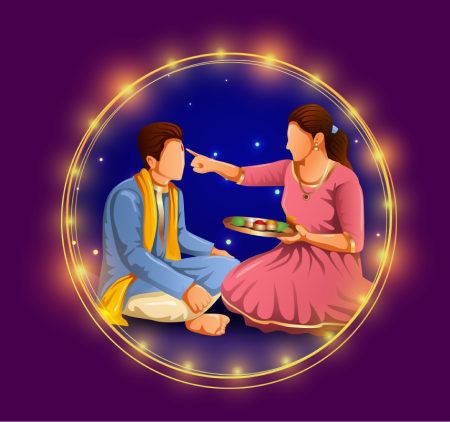

The festival of lights ends with Bhai Dooj. Also known as Bhau Beej or Bhaiya Dooj, it celebrates the special bond between brothers and sisters.
It is believed that after defeating the demon Narakasura, Lord Krishna visited his sister Subhadra, who gave him a warm welcome with sweets and flowers. She also affectionately applied a tilak to his forehead.












